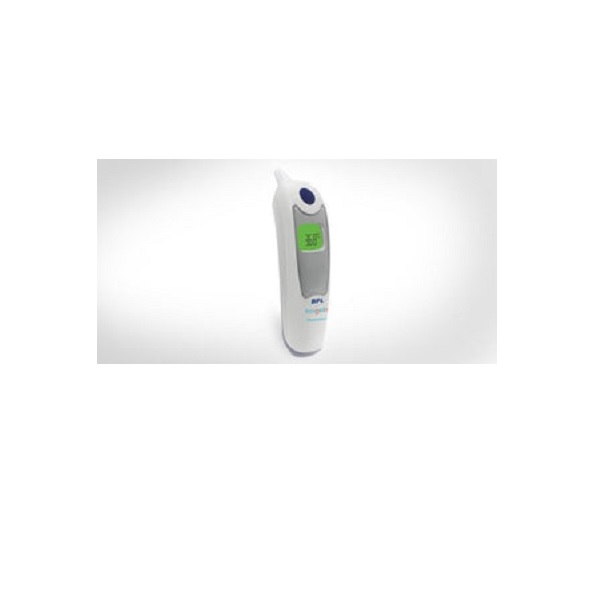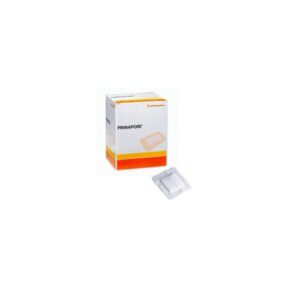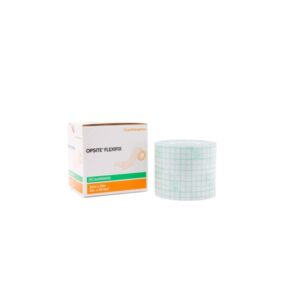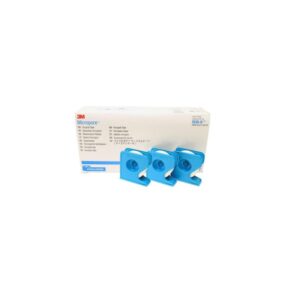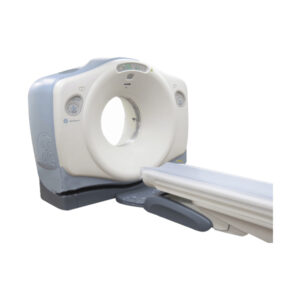The BPL Accudigit E1 Infrared Thermometer enables the quick detection of body temperature from the eardrum
The temperature readings are acquired within 0.5 seconds of the use of the device
The ear mode thermometer is capable of storing up to 20 sets of measurement readings
The infrared thermometer has a bi-colour backlit LCD screen
The thermometer shuts down within 10 seconds when not in use
The E1 thermometer has a fever alarm function for temperature test
It is a non contact thermometer
Technical Specifications:
Product Name: BPL Accu DIGIT E1
Product Model: Ear Mode – Non Contact Infrared Thermometer
Power Supply Mode: Internal power supply
Operating Voltage: DC 3V
Battery Model: AAA x 2
Battery Life: Alkaline dry battery for around 20,000 measurements
Operating Mode: Continuous operating
Power Consumption: < 60 mW
Display Segment: LCD
Duration of Each Measurement Around: 2 seconds
Measuring Range: 0.0°C–100.0°C (32.0°F–212.0°F)
Accuracy: ±0.2°C (±0.4°F)
Resolution: 0.1°C (0.1°F)
Memory: 20 temperature readings
Low-battery Alert: The low-battery symbol is displayed if the power voltage is lower than 2.5 V±0.1V
Automatic Power-off: The thermometer automatically powers off if it is not used within 10±1 seconds
Outer dimensions (mm): 150 X 40 X 38
Weight (g): Thermometer (with batteries): 85.0 g
Liquid Ingress Protection IP20
Thermometers are used to measure fever in humans or tell you how cold it is outside. Made up of thermo (heat) and meter (measuring device), the meaning of the word thermometer is straightforward. Thermometers measure temperatures in degrees, according to either the Celsius or Fahrenheit system.
Digital thermometers are temperature-sensing instruments that are easily portable, have permanent probes, and is equipped with a convenient digital display. The way a digital thermometer works depends upon its type of sensor. Sensor types include resistance temperature detector (RTD), thermocouple and thermistor.
One can use any thermometer, with mouth open, put the end with the red, blue, or silver-coloured tip under your tongue. Close your lips gently around the thermometer. Do not bite the glass thermometer.
Cleaning of the thermometer is also important. It’s important to clean the thermometer after each use, but how you clean it depends on what type of thermometer you have. For glass thermometers, wash it with soap and cool water, then rinse and dry. For digital thermometer you can wipe it with a cloth soaked in alcohol or water. Allow it to air dry.
 REGISTER
REGISTER
 SIGN IN
SIGN IN

